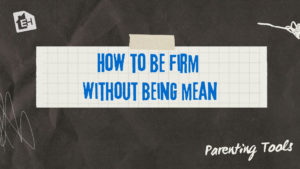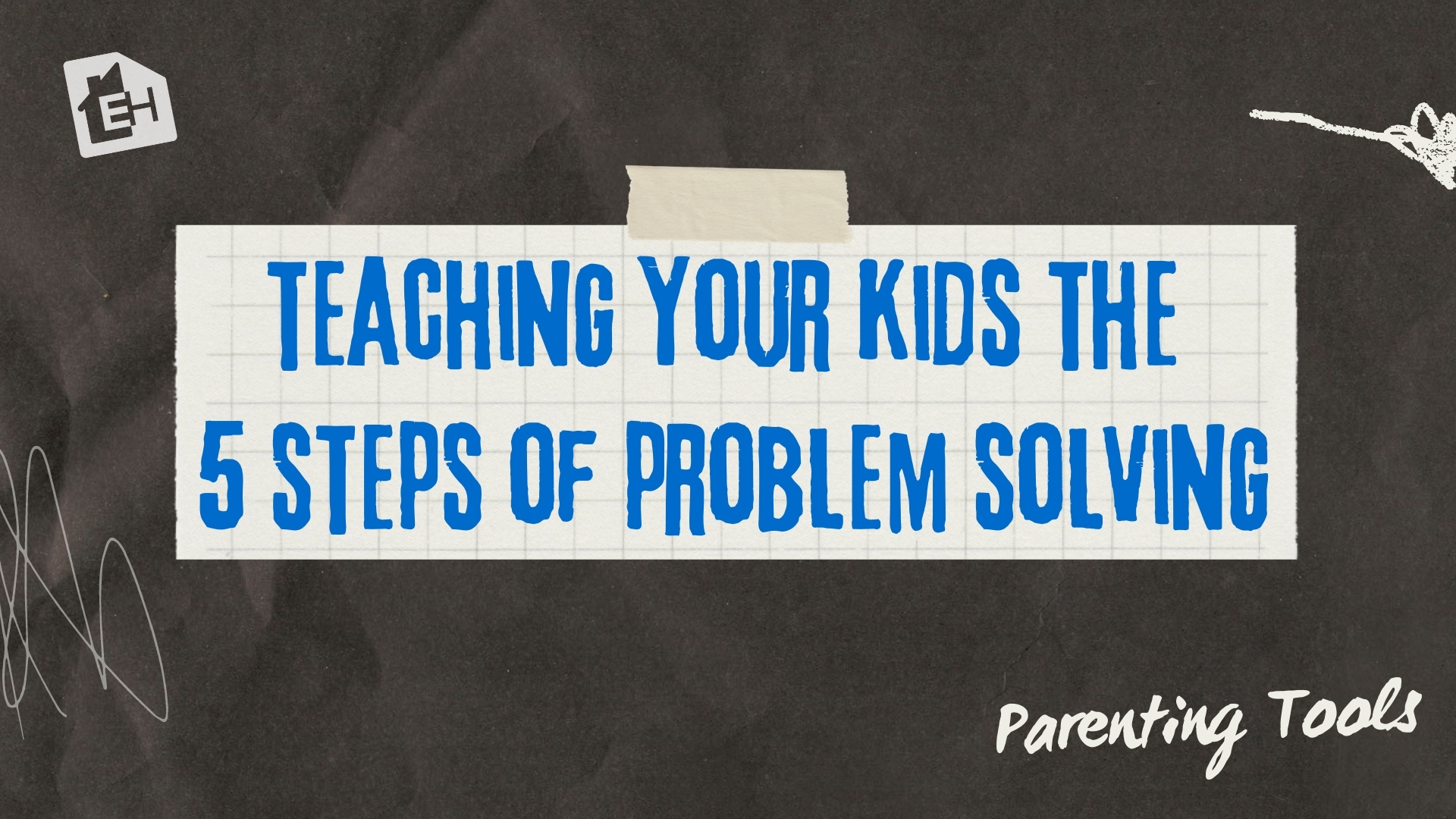
As parents, we solve problems all day, every day. The fridge was left open overnight; the seat belt wouldn’t unlatch when we got to school; one of the kids got gum stuck in their hair. All of these problems happened this morning, and, on the fly, requiring for us to find a solution.
More than wanting to be parents who solve problems effectively, we should want our kids to become adults who know how to solve problems. To do this, we must be intentional to train and teach them how to solve problems on their own. One way to start this training is to evaluate our reaction to problems when they arise. Do we do everything for our kids and just take care of the situations? Or do we allow them to participate in the problem solving? Our response to problems teaches our kids how to respond to problems.
Here are some key steps to help your kids learn the skill of problem solving followed by an example of how to work out these steps.
Step 1: Identify the problem.
The first step is to identify the problem. This may seem obvious but many people don’t recognize the root of a problem. If you can help your kids vocalize the problem, they now have a starting point to solve it.
Step 2: Help your child come up with solutions.
Once the problem has been identified, you can help your child come up with potential solutions. Brainstorm two or three options to help them further stretch their problem-solving skills. Ask questions to help your child really think through possible solutions. Don’t discourage or shoot down an option that you feel may not work. Allow your child to write down all the possibilities and then move to the next step to help them think through which may be best.
Step 3: Create a Pros and Cons list.
After the problem has been vocalized and solutions have been presented, help your child weigh out possible outcomes by creating a pros and cons list. What are the potential advantages and drawbacks to each solution we created?
Step 4: Pray and let them pick the solution.
Pray with your child and encourage them to spend some time praying. Then come back to the solutions and coach them on how to choose. Help your child pick the solution that promises the most success and with which they are most comfortable. Be sure to remind your child that the solution should support your family core values, not oppose them.
Step 5: Follow up
Watch the solution play out. Coach your child along the way. Follow up, ask questions, and see how they did. This is a great opportunity to reinforce learning the skill of problem solving.
Example of the steps at work:
The problem: Your child is unusually quiet when he gets home from school, and you ask him if everything is alright and he says, “I’m fine.” After a little time, he finally tells you about what happened at school. He got in trouble in class for talking, but he feels like he was called out unfairly because it was multiple people in the class, and he was the only one mentioned by the teacher.
Step 1: You identified the problem: He got in trouble in class but feels like he was treated unfairly.
He is unsure about what to do. Instead of immediately emailing his teacher yourself, simply ask, “What do you think you should do about it?”
Step 2: Then, help him discover solutions. He comes up with three: 1) ignore it and just blow it off; 2) tell off his friends for throwing him under the bus; 3) talk to his teacher about it and apologize.
Step 3: Now that you have some solutions, help him process the pros and cons for each one.
1.) If he ignores it and blows it off. Pro: learning to let things go. Con: He may still holds some animosity toward his teacher.
2.) If he tells off his friends. Pro: may feel good to stand up for what truly happens. Con: Doesn’t really solve what happened that day.
3.) Talking to his teacher: Pro: Result in forgiveness and better days ahead; clear communication. Con: His teacher may not believe him; requires direct communication which can be intimidating.
Step 4: After weighing the pros and cons, pray together and then suggest that he take some time to pray. After praying, you can nudge him in the right direction (option three), but it is very helpful for him to see and process all of this. While explaining to him that option three is the best course of action, now you coach him up on a few key things he needs to do. Don’t give him a script to read but rather a few points to remember. 1) You must remain calm and respectful. 2) You were in the wrong and need to apologize for what you did. 3) Communicate how you felt.
Step 5: You helped them process and pick the course of action as well as coach them in how to do it on their own. Don’t forget to ask how the conversation went when they get back home. Also, talk through strategies on how to avoid the initial problem in the first place.
More Tools For Your Parenting Tool Belt
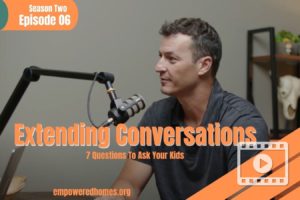
Empowered Homes Podcast: Extending the Conversation
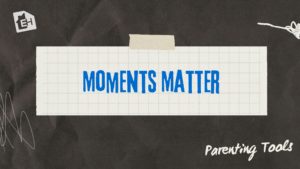
Moments Matter
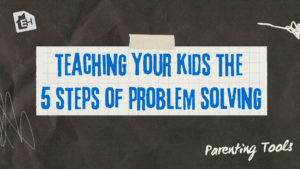
Teaching Your Kids the 5 Steps to Problem Solving
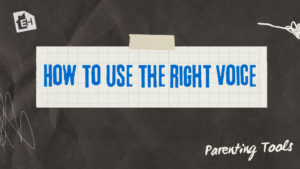
How to Use The Right Parenting Voice
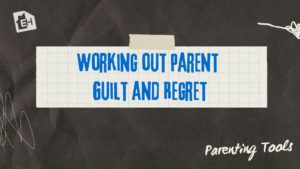
Working Out Parent Guilt and Regret
